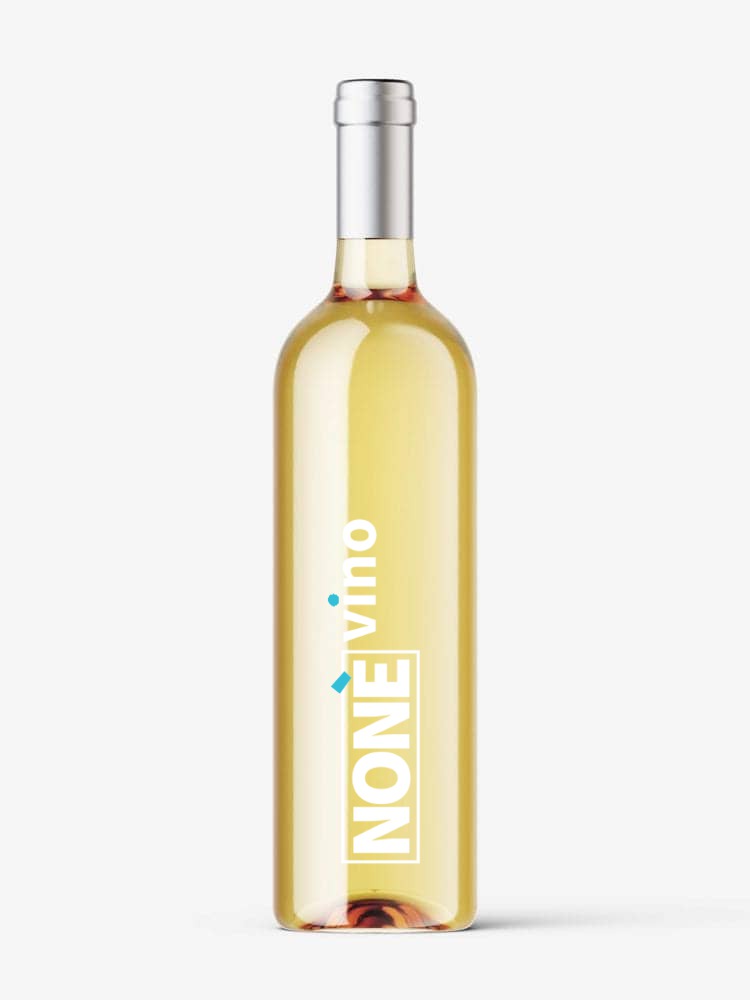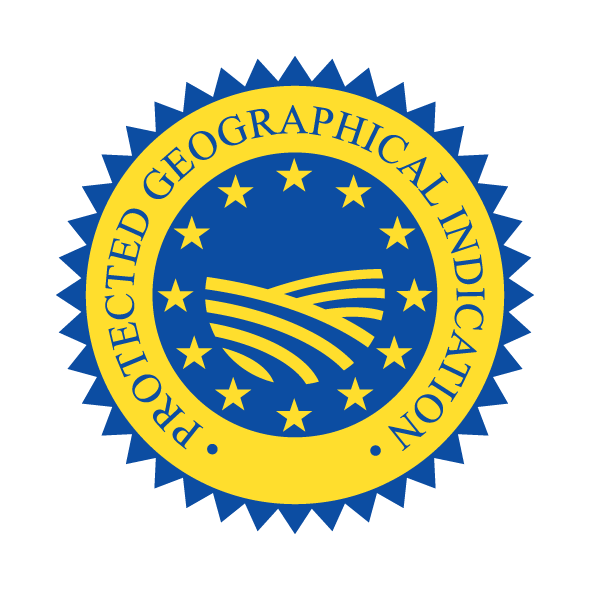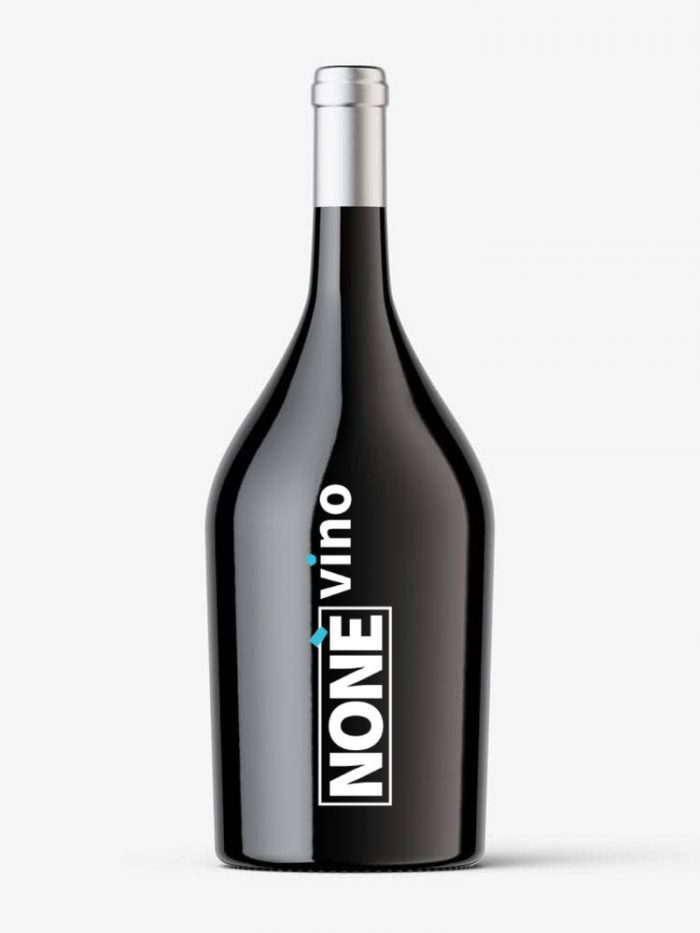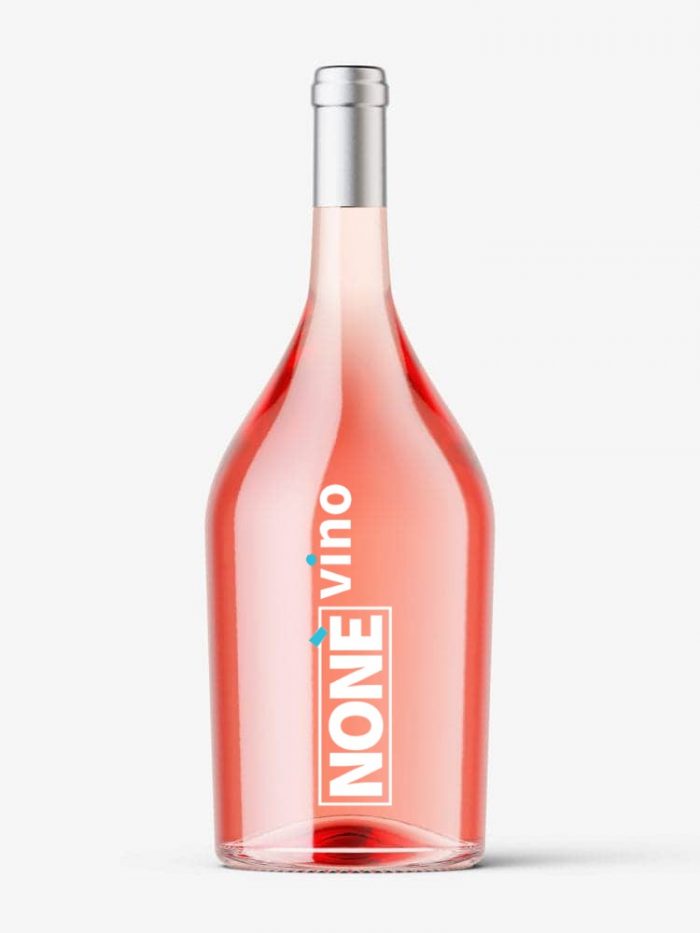Wines with a typical “Toscano” or “Toscana” geographical indication, must be obtained from grape of one or more vines suitable for cultivation in the Tuscany region.
The Production Area of Tuscany IGT Wine is located in Tuscany region and includes the territory of the provinces of: Arezzo, Florence, Grosseto, Livorno, Lucca, Massa Carrara, Pisa, Pistoia, Prato and Siena.
During the vinification phases, only loyal and constant oenological practices of the area are allowed, suitable to give the wines their particular quality characteristics.
The winemaking practices of the IGT Toscana wine include, among other things, that:
– The maximum yield of grapes in IGT Toscana wine must not exceed 80% for all types of White, Red, Novello and Rosé wines, and 60% for types of Late Harvest and Passito Wine.
The principle of geographical indication originates from the identification tradition of typical wines on which the principles of origin, typological characteristics and local production procedures converged. In this regard, it was in the early eighteenth century that the first acts took place in Tuscany (Grand-ducal proclamations of 1716) which defined the territorial delimitation of some wines particularly appreciated on the market and some synthetic provisions regarding protection against trade fraud. wine in defense of producers and consumers. This sensitivity on the subject developed attention to the main problems concerning both the agronomic and the oenological techniques of viticulture.
This awareness coincided with the birth of the Accademia Dei Georgofili (lovers of the earth) in Florence in 1753 by the Lateran canon Ubaldo Montelatici under the auspices of Pietro Leopoldo Grand Duke of Tuscany. The attention that the Academy garnered internationally is documented by the participation of three presidents of the United States of America Jefferson, Madison and Monroe. The activities in the viticultural and oenological field that the Academy developed within it can be summarized in the following aspects. The arrangement of the soil was studied and tested according to criteria which, taking into account the slopes and the nature of the land, ensured rationality to the management of the vine and at the same time to the defense of the soil, especially from the hydrogeological point of view.
From the oenological point of view, the typical practice of the “government in Tuscan use” for red wines consisting of a refermentation in the period immediately following the racking by adding a variable percentage of around 5% of grapes slightly withered and mashed. The effects of this practice consist in the facilitation of malolactic fermentation, in the natural stabilization and in the early achievement of the organoleptic
harmony of the product ready for consumption.
Another typically Tuscan factor that has continued even in modern types is the formation of intervarietal blends such as to increase the organoleptic characteristics of greater satisfaction by the consumer. The formula studied for Chianti wine by Baron Bettino Ricasoli in the years around 1870 is a typical case of this practice.
It is easy to understand how through these research and experimentation activities carried out by the main exponents of Tuscan viticulture and by scholars in the sector, the characterizing aspects of the various types and production techniques have developed and a tradition has come to constitute from which they have drawn development. the successive denominations of origin that were gradually forming, in the whole of the regional production. The set of relationships between these specific factors gave a regional significance to the sector, highlighting the effects of diversification and assimilation of the environmental and human conditions influencing the process.
The gradual improvement of viticulture developed between the eighteenth and nineteenth centuries however suffered a sharp slowdown between the end of the nineteenth century and the beginning of the twentieth century due to two serious epidemics that affected viticulture throughout Europe, the first of a fungal nature (powdery mildew), the second due to the phylloxera aphid which caused the destruction of numerous plants in the countries with the most intense viticultural cultivation. Once the epidemics were defeated, the viticultural reconstitution began around 1920 and was the occasion, in Tuscany, for the development of the wine differentiation process according to the designations of origin of which, however, a precise definition did not yet exist.
In this action, the Office International du Vin was born in 1924 with the participation of the main European wine countries. This international organization
was responsible for the definition of the concept of designation of origin which took place in 1947. In this moment, rich in considerable contrasts and in the search for solutions to the problems created by the conflict of interests between different territories and business categories, the typical Tuscan wine maintained its its function of regional identification through the two fundamental types of white and red which, especially the second, represented the basic image of regional production, maintaining and developing the common technological advances achieved so far.
Thus it was that the implementation of the legislation that put order in the field of identification of the territorial references of the different productions that took their name took shape both from a legislative and an organizational point of view. The greater typological characterization of Tuscan wine aimed above all at occasions of daily consumption was oriented towards highly productive forms of farming and in sufficiently fertile environments. The plants themselves were conceived according to their adaptability to crop mechanization. The same criterion was followed both for the choice of the varieties and in their context of the most productive biotypes and clones. Another factor that influenced the production process was the development of cooperation through the wineries,
Thus it was that the production planning was oriented in the search for qualitative evolution as the objective of the nascent DOC wines, while the typical wine, especially regional, was oriented towards high unit yields, while maintaining an evident relationship of typological character between the two categories of wines of origin and of those that with the advent of the European Union became wines with geographical indication.









